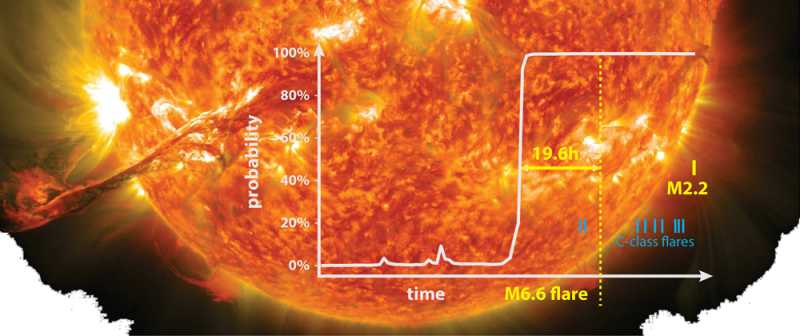
Experts say that there will be more such occurrences in the upcoming years, with solar winds causing disruptions to our magnetic fields and the upper atmosphere on Earth to follow. Such cyclical events are in the normal pattern for our Sun, which periodically emits huge flaming fingers of plasma into space. These include electromagnetic radiation, which are observed as solar flares. As these magnetic fields evolve, they can reach a point of instability and release energy in a variety of forms. Solar flares usually take place in active regions on the Sun marked by the presence of strong magnetic fields. 3ġ Major, long-duration X1.0 solar flare erupts from AR 2887, Earth-directed CME produced - The WatchersĢ G3 - Strong geomagnetic storm watch in effect for October 30 after major X1.0 solar flare - The Watchersģ Weekly Highlights and Forecasts Issued: 2021 UTC # Prepared by the US Dept.The increased level of X-ray and extreme ultraviolet (EUV) radiation results in ionization in the lower layers of the ionosphere on the sunlit side of Earth. Low levels with a chance for M-class flares are likely again from November 16 to 27 Nov as Regions 28 return to the visible disk on November 16 and 21, respectively. Very low to low levels are expected from November 9 to 16. Solar activity is expected to be at low levels with a chance for further M-class flare activity (R1-R2, Minor-Moderate) from November 1 to 8 as Regions 28 transit across the visible disk. The greater than 10 MeV proton flux continued to decline towards background levels through November 1. The greater than 100 MeV proton event began at 16:35 UTC on October 28, reached a peak flux of 7.3 pfu at 18:15 UTC and ended at 04:40 UTC on October 30. S1 thresholds were crossed once again beginning at 21:00 UTC on October 30, reaching a peak flux of 11pfu at 21:05 UTC on October 30 and ending at 21:30 UTC on October 30 due to an enhancement from the October 26 CME. The greater than 10 MeV event began at 17:40 UTC on October 28, reached a peak flux of 29 pfu (S1 - Minor) at 02:50 UTC on October 29 and ended at 16:10 UTC on October 30. The geomagnetic field responded with an isolated active period late on October 30 followed by unsettled to G1 -Minor storming on October 31.Ĭoinciding with the X1 flare was a greater than 10 MeV and 100 MeV proton event. Following the IP shock, total field strength increased from 4 nT to 13 nT, the Bz component reached -11 nT and solar wind speed values increased from around 378 km/s to near 465 km/s.īy 15:00 on October 31, total field had calmed to between 5-8 nT.



While G3 - Strong geomagnetic storm watch was issued for October 30 2, only a weak interplanetary (IP) shock was observed beginning at 09:14 UTC on October 31. This is the same region that produced X1.0 solar flare on October 28. In addition, a Type IV Radio Emission was registered at 01:30 UTC. Type IV emissions occur in association with major eruptions on the sun and are typically associated with strong coronal mass ejections and solar radiation storms.ĬME generated by this event looks to be heading mostly southwest - not directed toward our planet. It was associated with a Type II Radio Emission at 01:29 UTC with an estimated velocity of 626 km/s. Type II emissions occur in association with eruptions on the Sun and typically indicate a coronal mass ejection (CME) is associated with a flare event. The event started at 00:57 and ended at 02:10 UTC. A moderately strong M1.5 solar flare erupted from AR 2887 at 01:45 UTC on November 1, 2021.


 0 kommentar(er)
0 kommentar(er)
